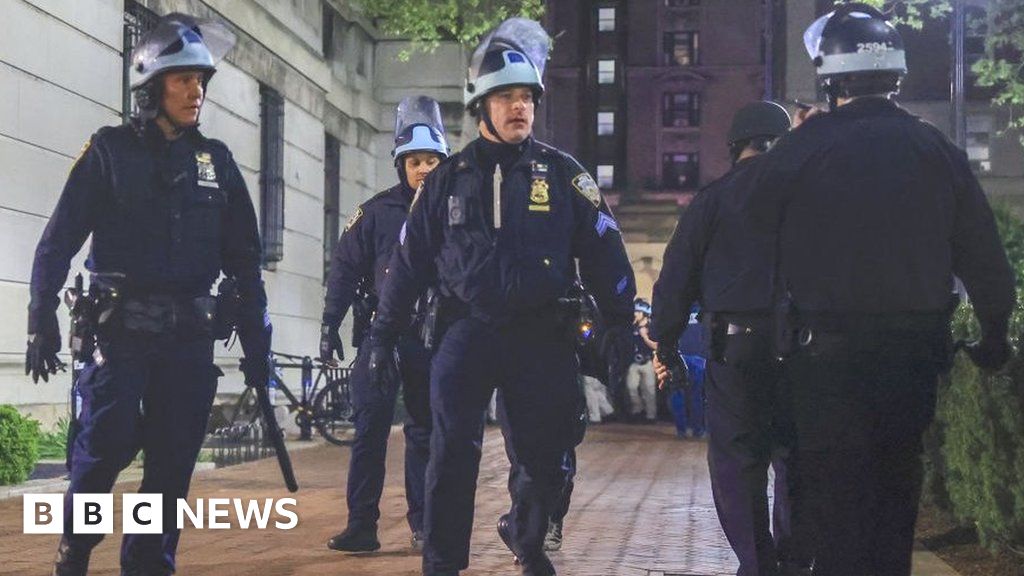THE areas where you are most likely to catch tuberculosis (TB), one of the world’s deadliest infectious diseases, are revealed on a map.
London has been crowned the worst place in England and Wales for the bug, a new report has suggested.
The Big Smoke logged 43 suspected cases last week, twice as many as the second worst-affected region.
TB is a bacterial infection that spreads through inhaling droplets from coughs or sneezes from an infected person.
It mainly affects the lungs, but it can affect any part of the body.
It kills an estimated 1.6million people worldwide each year, making it one of the leading causes of death globally.
TB can be cured with antibiotics but can be serious if not treated.
The BCG vaccine protects people from getting TB but is only given to those at higher risk of getting the infection.
Experts have previously warned an increase in poverty across the UK could be behind the rise in infections.
So far this year, 14,431 suspected TB cases have been reported.
The figure is more than twice as high as the 5,082 logged in 2022 and is on course to surpass the 19,991 figure for last year.
The UK Health Security Agency (UKHSA) gathers data from medics who report suspected cases of certain infectious diseases, such as TB, smallpox, and whooping cough.
Not all these cases are later confirmed to be TB by laboratory tests.
From April 8 to 14, there were 110 suspected TB cases – up from 74 the previous week.
Meanwhile, the most recent data on confirmed cases also revealed a worrying rise in the number of people with the disease in England and Wales.
Figures published in February showed that infections increased by over ten per cent last year — from 4,380 in 2022 to 4,850 in 2023.
The worrying surge marks the third time infections have increased nationally over the past decade.
Which areas are worst affected?
After the capital, the North West came in second as the area where you’re most likely to pick up TB, with doctors in the region having reported 19 suspected cases.
Coming in third was Yorkshire and the Humber, which saw 12 suspected cases.
The West Midlands and the East of England followed closely behind at fourth and fifth, with 11 and 10 suspected cases, respectively.
The South East fared better, with doctors in the region reporting just seven suspected infections, putting it in sixth place.
The South West also came out well, scooting in at seventh with five suspected cases.
In eighth place came the East Midlands with just two.
Given increasing poverty in the UK, in particular child poverty, the increase in tuberculosis cases is unfortunately not surprising
Professor Nick Hopkinson
Doctors in Wales reported just one suspected case, putting it in at ninth.
The North East emerged as the area least affected by TB, with doctors making no reports.
Why is Tuberculosis on the rise?
Early this year, the Government urged people not to mistake symptoms of TB for a cold or flu.
It also launched an investigation to determine why cases of TB have increased in England.
The World Health Organisation (WHO) previously said the rise in 2023 was due to many people’s inability to get a diagnosis or receive treatment during Covid lockdowns.
A separate report found cases of drug-resistant TB had increased by three per cent between 2020 and 2021.
Professor Nick Hopkinson, medical director of the charity Asthma and Lung UK, put it down to more people in the UK experiencing levels of poverty, which puts them at risk to more diseases.
“Given increasing poverty in the UK, in particular child poverty, the increase in tuberculosis cases is unfortunately not surprising,” he said.
“There is a well-established link between deprivation and poor lung health. TB is associated with deprivation.
“Poor housing and poor nutrition increase the risk of infection spreading and of infected people developing active disease because their immune systems are weakened.
“Smoking also substantially increases the risk of developing TB.
“Although overall population smoking levels are falling, smoking rates remain higher in more deprived communities.
He added: “TB is treatable, but people with symptoms need to be able to access healthcare – there have been substantial cuts to public health funding since 2010, which are likely to have made the problem worse.
“Preventing lung disease is much cheaper than treating it.”
The tuberculosis symptoms to watch out for
TB is a potentially serious condition, but it can be cured if it’s treated with the right antibiotics.
It normally affects the lungs, but it can also affect other parts of the body, including the bones, brain, lymph glands, kidneys, spine, skin, and stomach.
If you have TB in your lungs, the most common symptoms are:
- A persistent cough that lasts more than three weeks and usually brings up phlegm, which may be bloody
- Breathlessness that gradually gets worse
- Lack of appetite and weight loss
- A high temperature
- Night sweats
If you have TB in other parts of your body, you may have symptoms such as:
- Swollen glands
- Body ache
- Swollen joints
- Tummy ache
- Dark pee
- Headaches
- Being sick
- Feeling confused
- A stiff neck
- A rash
Source: Asthma and Lung UK

Sarah Carter is a health and wellness expert residing in the UK. With a background in healthcare, she offers evidence-based advice on fitness, nutrition, and mental well-being, promoting healthier living for readers.








